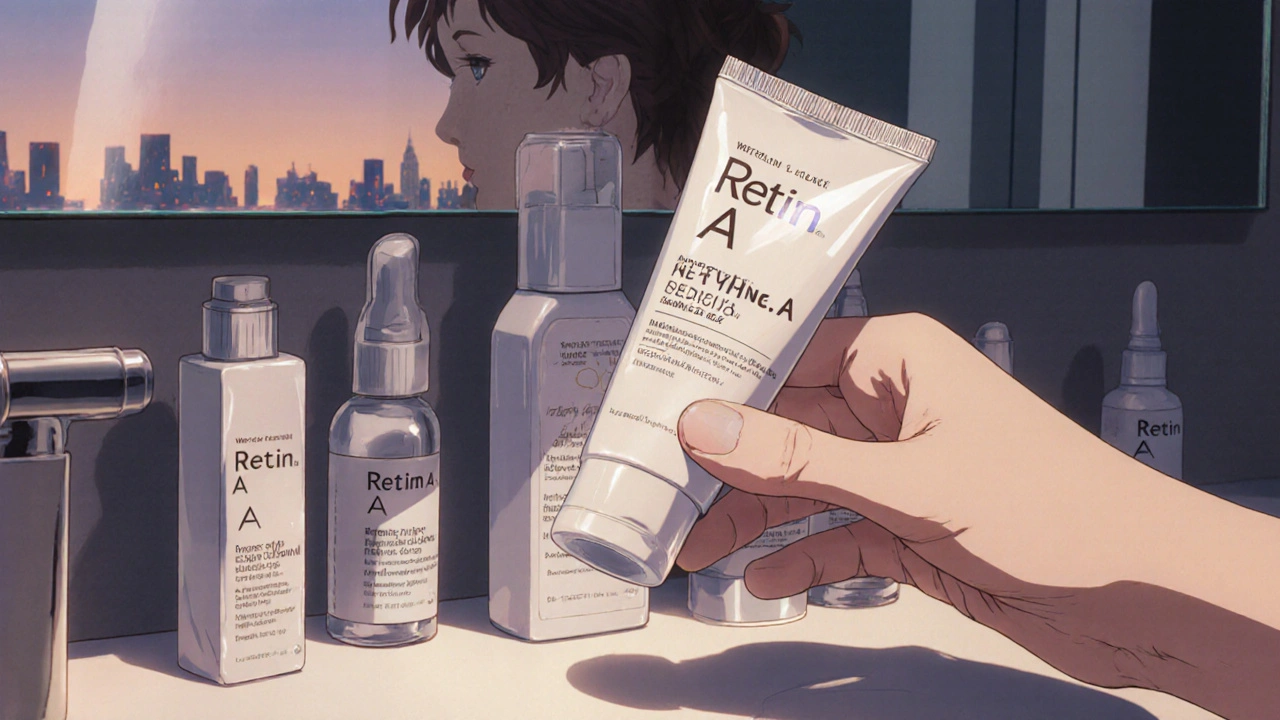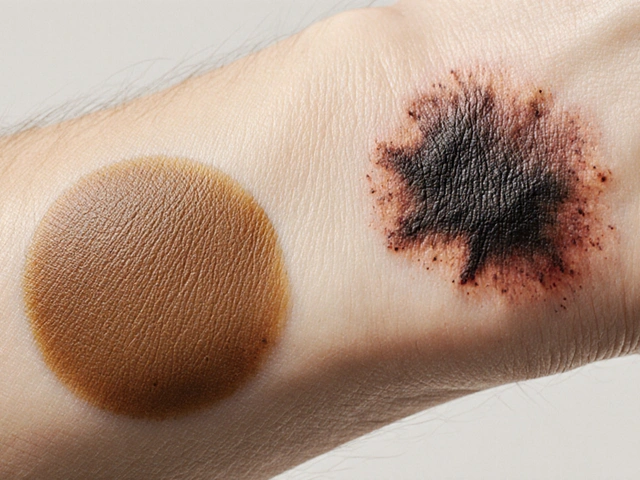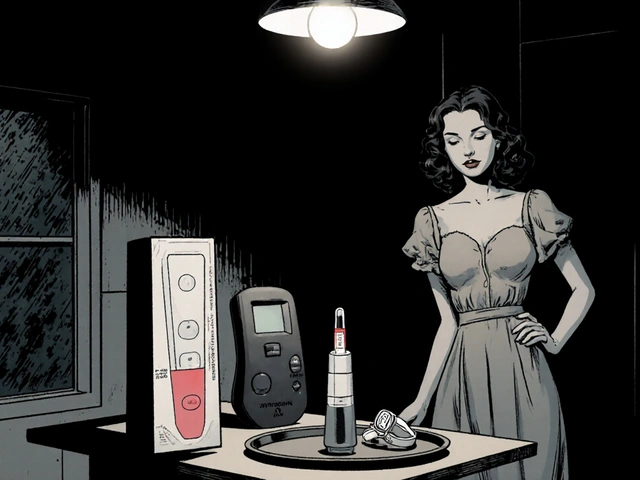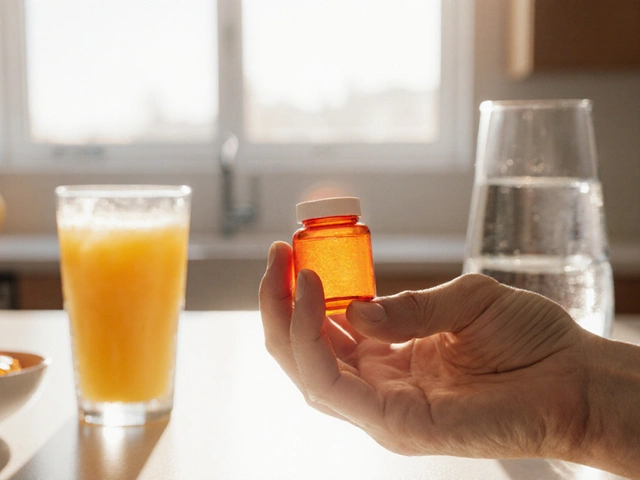Retin A 0.025 – Everything You Need to Know
When working with Retin A 0.025, a low‑strength tretinoin cream used to treat acne and improve skin texture. Also known as tretinoin 0.025% gel, it helps speed up cell turnover and reduce inflammation, you’re really using a type of tretinoin, a vitamin A‑derived retinoid that belongs to the broader retinoid family. The main goal of this therapy is to clear acne while smoothing fine lines, and it usually requires guidance from a dermatologist, a skin‑care specialist who tailors the regimen to your skin type. In simple terms, Retin A 0.025 encompasses low‑dose tretinoin treatment, which influences skin cell turnover, reduces follicular plugging, and eases inflammation – three actions that together make acne fade faster. This connection between a specific formulation and the retinoid class is why many patients see clearer skin within weeks, provided they follow the recommended routine.
How to Use Retin A 0.025 Safely and Effectively
The first step is to start slow. Apply a pea‑size amount to clean, dry skin in the evening, avoiding the eye area. Most dermatologists advise using it every other night for the first two weeks, then gradually moving to nightly use if your skin tolerates it. This gradual increase aligns with the principle that effective acne treatment requires consistent retinoid exposure without overwhelming the skin’s barrier. If you notice redness, peeling, or a burning sensation, cut back to twice a week and add a gentle moisturizer. Remember, the strength of the formulation – 0.025% – is low enough for most skin types, but individual response can vary, so personalizing the frequency is key. Key attributes of proper use include:
- Timing: Apply at night because retinoids can increase sun sensitivity.
- Layering: Wait 20‑30 minutes after cleansing before applying the cream, then follow with a moisturizer if needed.
- Sun protection: Use a broad‑spectrum SPF 30+ daily; this protects the skin while the retinoid does its work.
Beyond acne, many users appreciate that Retin A 0.025 can improve overall skin tone, fade hyperpigmentation, and soften fine lines. That’s because retinoids stimulate collagen production – a relationship that links the drug to anti‑aging benefits. If you’re looking for alternatives, options like over‑the‑counter retinol or higher‑strength tretinoin gels exist, but they each have their own risk profile. The low‑dose nature of Retin A 0.025 makes it a good entry point for most people, especially those new to retinoid therapy. Expect the first visible changes after about four to six weeks, but full results may take up to three months. Below you’ll find a curated set of articles that dive deeper into dosage tips, side‑effect management, comparison with other acne meds, and real‑world experiences – all aimed at helping you get the most out of your Retin A 0.025 journey.
 Medications and Treatments
Medications and Treatments
Retin A 0.025 (Tretinoin) vs Common Alternatives: A Detailed Comparison
A detailed guide comparing Retin A 0.025 (tretinoin) with top alternatives like adapalene, tazarotene, azelaic acid, and retinol, covering benefits, risks, costs, and how to choose the best option for your skin.
Continue Reading



